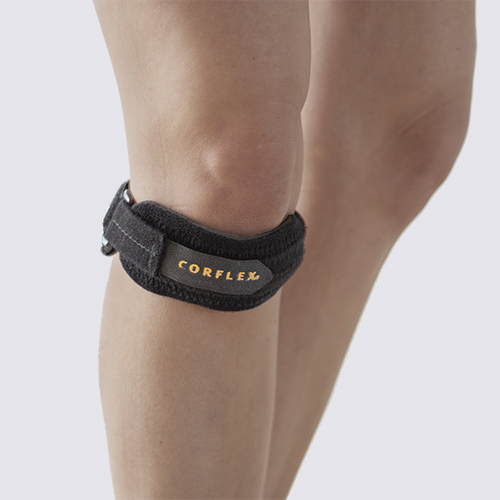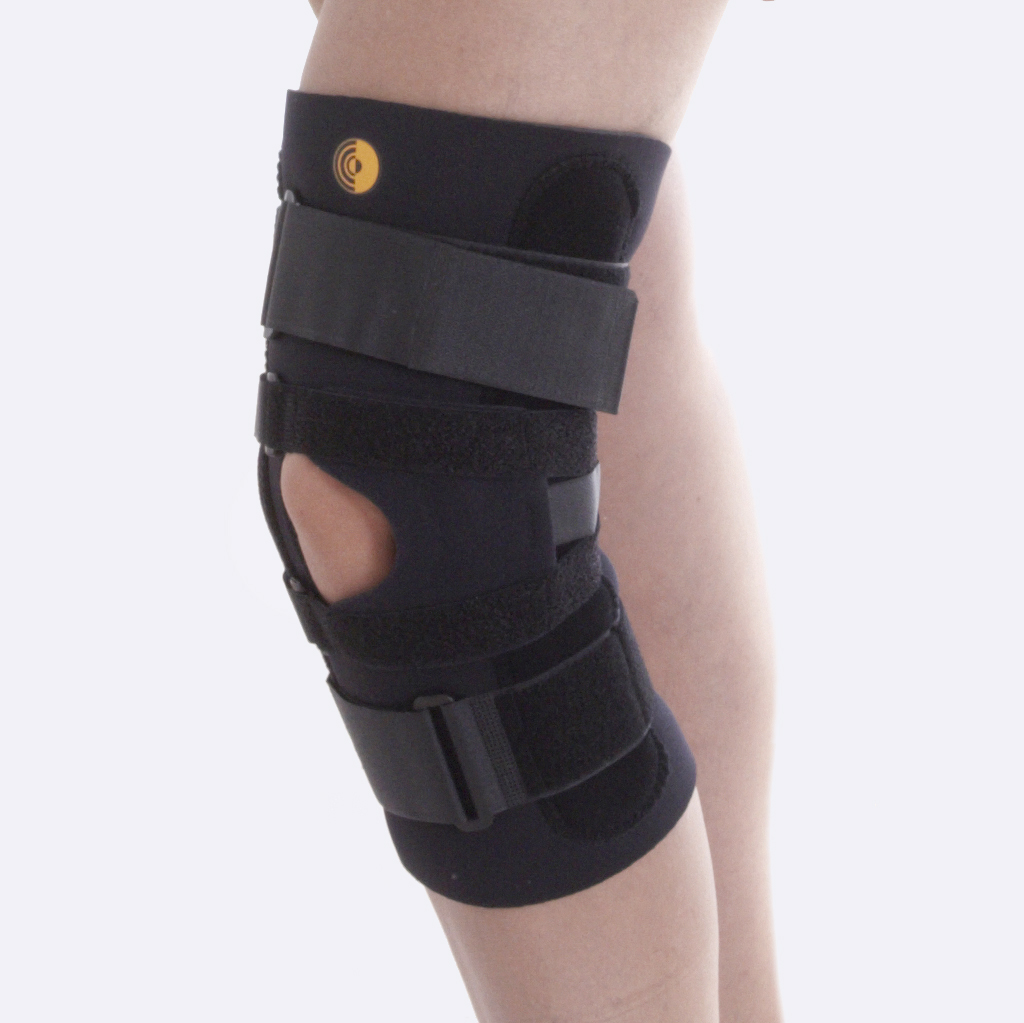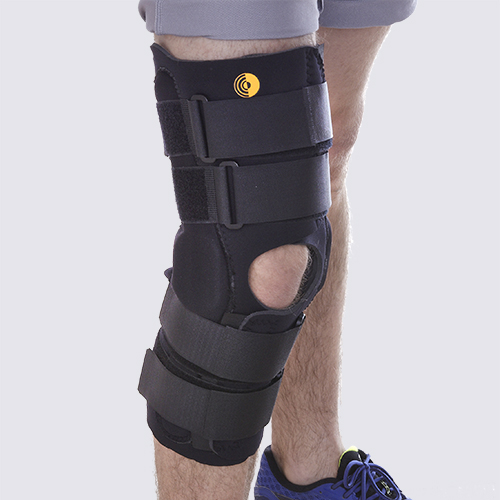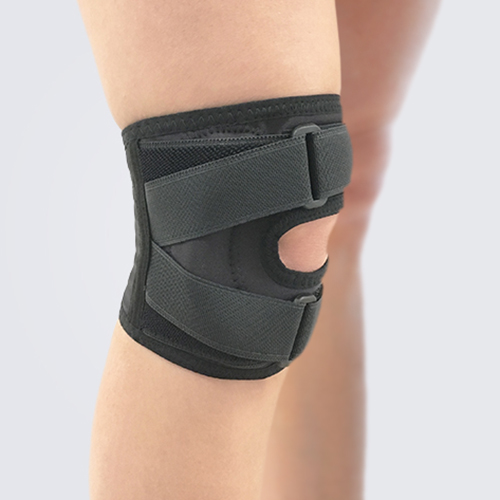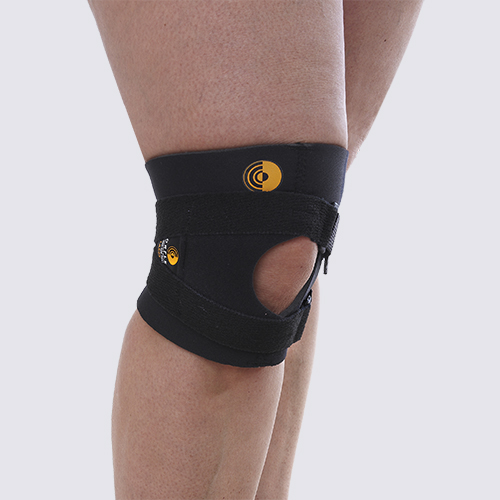Knee support for common knee problems
Injuries in and around the knee joint are common problems for many people. A knee orthosis can act as an aid if you have an injury or pain in the knee. Below we explain some of the most common knee problems and which type of knee orthosis is recommended. By relieving and supporting the knee, a knee orthosis can ease pain problems and provide the opportunity for increased physical activity and improved knee function.
Knee brace for Osgood-Schlatter
Osgood-Schlatter disease (Morbus Schlatter) is a common knee problem in growing children and teenagers (usually 8-15 years). Osgood-Schlatter is due to a local overload and inflammation of the patellar tendon's attachment to the lower leg. On the lower leg (Tibia), a painful nodule can form at the attachment of the patellar tendon. Osgood-Schlatter is harmless but can be inhibiting during activity and heals on its own when growth stops. By using a knee brace in the event of a sprain that provides pressure above the inflammation, the tendon attachment is relieved and the pain is reduced. The Knee-O-Band, recommended for Schlatter, is designed as an adjustable band and is applied below the kneecap, above the tendon attachment and the painful tubercle.
Knee brace for jumper's knee and runner's knee
Jumper's knee is also called Patellar tendonitis or Patellar tendinopathy and is an inflammatory condition in the patellar tendon directly under the kneecap. The causes can be overloading of the patellar tendon after, for example, hiking downhill or rupture after an explosive jump. With jumper's knee, it is important to relieve the tendon and avoid stressful and painful moments. An orthosis such as the Knee-O-Band helps to relieve the tendon and thus relieve pain and increase the possibilities of carrying out rehabilitation. Runner's knee causes pain on the outside of the knee in connection with running. A knee pad can help relieve pressure and relieve pain.
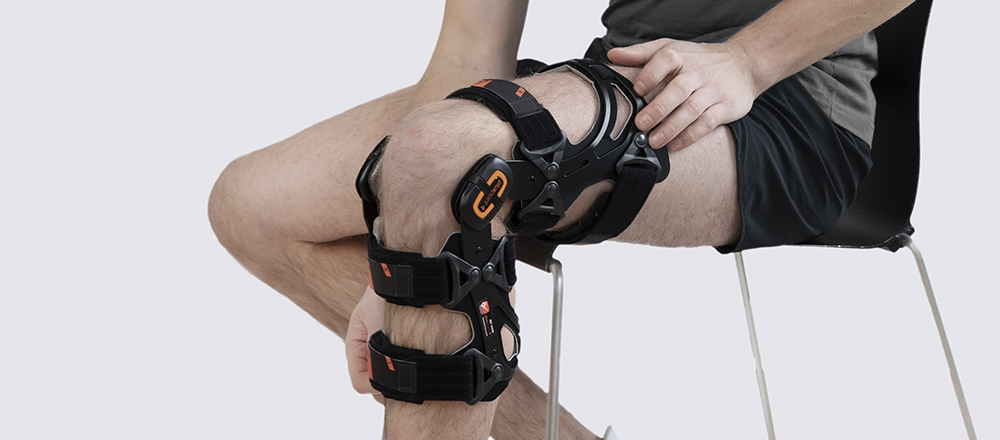
Knee brace for ligament damage, kneecap damage and cruciate ligament damage
Knee joint instability, which can be caused by lateral ligament damage, collateral ligament damage in the knee, ligament damage in the knee, MCL or LCL means unstable knee joint laterally. Support is then needed to stabilize and thus reduce the risk of painful positions and create the conditions for ligament healing. For that, one of our knee orthoses with splints, FlexiWrap or NeoROM, is used, which stabilizes laterally, laterally and medially.
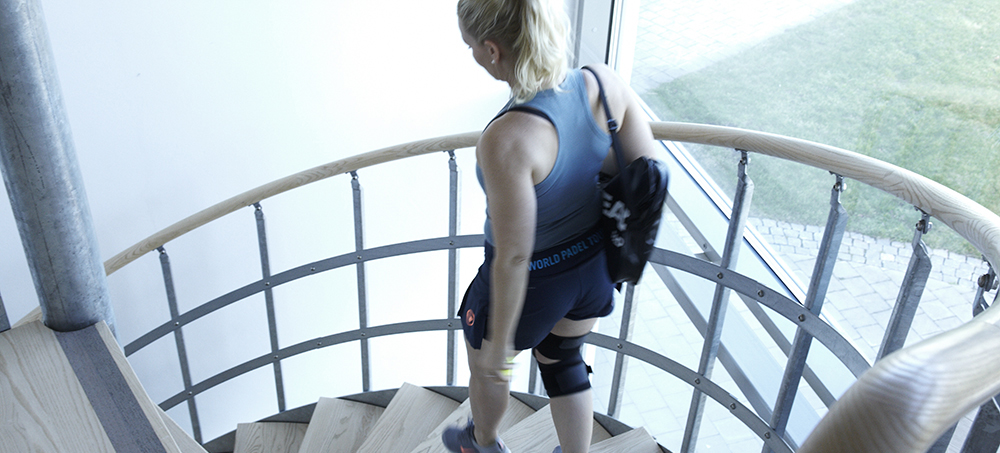
Patellar instability means an unstable, luxating or subluxing kneecap. A stabilizing knee orthosis then helps to provide support for the kneecap (patella). Patellar dislocation means that the kneecap is displaced out of its natural position and is common in adolescents and young adults. It is more common among girls than boys. An orthosis holds the kneecap in place with a soft pad and prevents the patella from moving out of position. Orthoses such as LillaLux or Knee-O-Trakker can create safe conditions for rehabilitation and thus increase the opportunities to build up the musculature.
Cruciate ligament injury is one of the more serious knee joint injuries and occurs above all in sports. Sometimes the injury occurs in a situation with an opponent with simultaneous twisting of the knee joint, but the injury can also occur in isolation with twisting of the knee joint when, for example, skiing. In most cases, there is a clear occasion of injury that can be linked to the injury. In the case of cruciate ligament injuries, extensive rehabilitation is required and approximately half of those affected undergo surgery. During the rehabilitation period and after possible surgery, NeoROM or AiryROM can be used to avoid overloading and stabilize the knee joint. After completion of rehabilitation, both after non-operative and operative treatment, it is important to protect the knee joint extra during strenuous activities such as skiing or hiking in rough terrain, then the PlusPoint overextension orthosis fits perfectly as protection.
Knee protection in case of osteoarthritis
Osteoarthritis of the knee joint (Gonarthrosis) is relatively common and is a wear-and-tear injury to the cartilage surfaces of the knee joint. The treatment is primarily non-operative and the rehabilitation consists of regular strength, conditioning and functional training. For more severe problems, FlexiWrap can provide support during activity or Stride can provide medial or lateral relief of the knee joint.
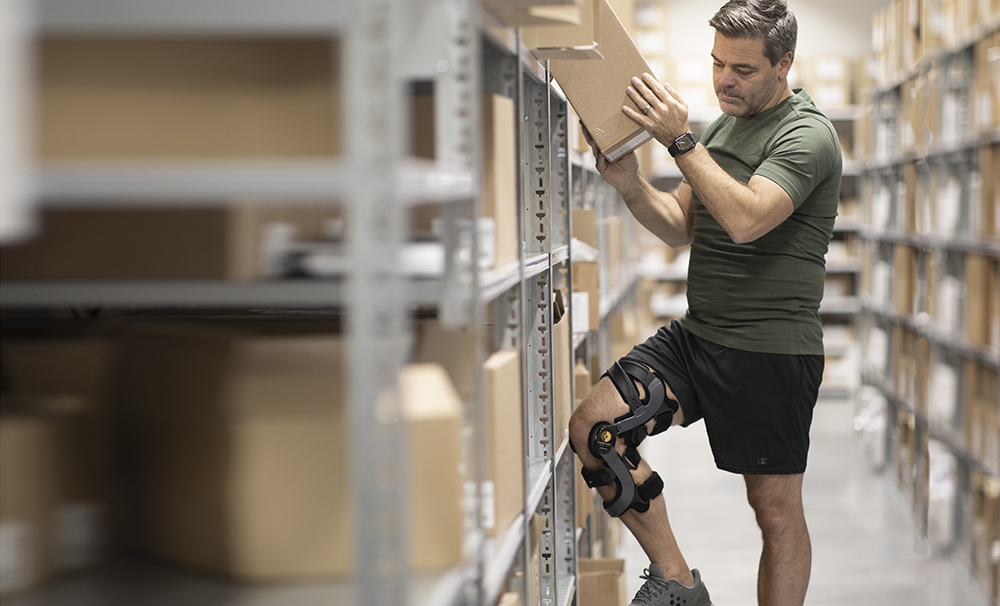

 Svenska
Svenska  Dansk
Dansk  Norsk
Norsk  Deutsch
Deutsch 
